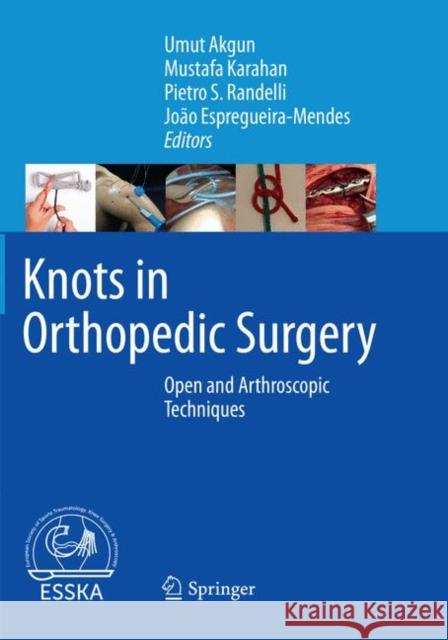Knots in Orthopedic Surgery: Open and Arthroscopic Techniques » książka
topmenu
Knots in Orthopedic Surgery: Open and Arthroscopic Techniques
ISBN-13: 9783662585689 / Angielski / Miękka / 2019 / 193 str.
Kategorie BISAC:
Wydawca:
Springer
Język:
Angielski
ISBN-13:
9783662585689
Rok wydania:
2019
Wydanie:
Softcover Repri
Ilość stron:
193
Waga:
0.41 kg
Wymiary:
25.15 x 25.15 x 1.02
Oprawa:
Miękka
Wolumenów:
01











